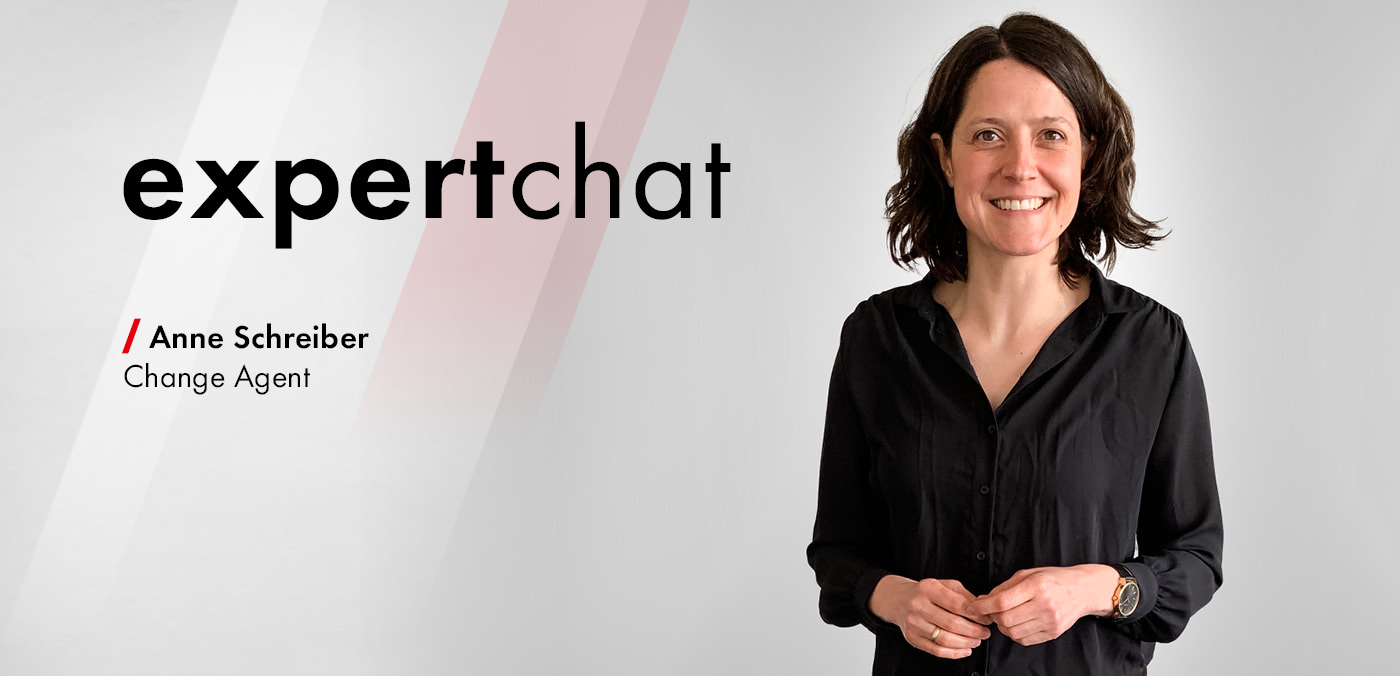Working Out Loud at SMA: How Networking Facilitates Collaboration

How do I tackle new and complex issues? What can I offer others and where can they help me? These questions relating to collaboration are central in today’s information society in a constantly changing world. Encouraging employees to communicate and share ideas is all the more important. In this interview, Anne Schreiber, Change Agent at SMA, explains how the method of Working Out Loud can help.
What is Working Out Loud© (WOL)?
Anne Schreiber: Working Out Loud is a learning method developed by John Stepper to develop and build networking skills. The participants form small groups (circles) of three to five people for twelve weeks and work on tasks that are compiled in guides on a weekly basis. At the outset, each participant defines a personal goal that can be achieved by networking with relevant people, communities, and networks. In the process, the work of the participants and circles is completely self-organized.
How has Working Out Loud been implemented previously at SMA?
Initially, there were several colleagues within the company who were interested in Working Out Loud and simply wanted to try it out in a self-organized way. This is how the first circles gradually came into being and the topic was taken further into the organization. The feedback was so positive that we at SMA launched an official pilot phase with 50 employees in 10 circles. It was offered as a further training measure through our internal learning platform and supported by an organizational team.
What makes Working Out Loud so special?
The method is self-organized to a large degree and offers a lot of freedom. Engaging with it is a leap for many. I choose my own goal. I decide when I work on it and how much. And that is the great thing about Working Out Loud. It is not just a network meeting, but also a structured method for assessing your own strengths and opportunities and consequently thinking about and improving your work.
The diversity within the group is often surprisingly helpful. Even though the participants do not come from the same department, carry out different work and find themselves in different life situations – or precisely because of it – they can provide tips and insight that help me along.
For whom is WOL useful and what is the target group?
Working Out Loud can be useful to anybody and serve completely different target groups, from trainees to executives. At the same time, it is concerned not only with professional issues, but personal ones, too. Working Out Loud is focused primarily on people. All participants learn on a very practical level how rewarding it is to gain insight into other perspectives. It is also possible to exchange ideas beyond the boundaries of the company if the circle has suitable members.
How was the feedback on the first circles?
The feedback has been very positive so far. The skepticism about what an exchange with others can bring to me and my work disappears very quickly and the advantages of new perspectives for my own work become clear. Specifically, participants have taken on more responsibility and attained new positions within the company or been able to implement their own projects more effectively thanks to new contacts, for example.
Many are surprised to find how quickly mutual trust is established with people who are strangers at first. That is something that you cannot learn from a book, but rather have to experience for yourself. And it is this experience that is special. And it doesn’t have to stay with one circle, either. Ultimately, your goals and tasks also change and can then be addressed in the next circle. The essential thing, however, is that through these experiences a way of working becomes natural for the participants that is characterized by networking, diversity and knowledge sharing.
What is going to happen next with WOL at SMA?
We are currently evaluating the results from the pilot phase and planning the next steps. We would be interested in launching English-speaking circles with our international colleagues at SMA and making WOL or a similar networking program permanently available at the company.
In the end, it’s about the mindset of strengthening the community and achieving one’s own goals through a diverse exchange with others. For us at SMA, it is very important because, as a part of the decentralized energy transition, this is precisely the kind of collaboration we need to overcome the global challenges involved.




Hello!
This is Sunny mini central user in Mongolia.
We have a problem that the whole three lights on the inverter flashing quick and continuously.
What signal is it and what is the problem?
Do we need any services?
Thank you.
Hello Batdorj,
Please get back to our SMA Service via our SMA Online Service Center for further support, thanks.
Sunny regards
Christiane
Interesting article. Looking forward to join the next WOL circle group. ?